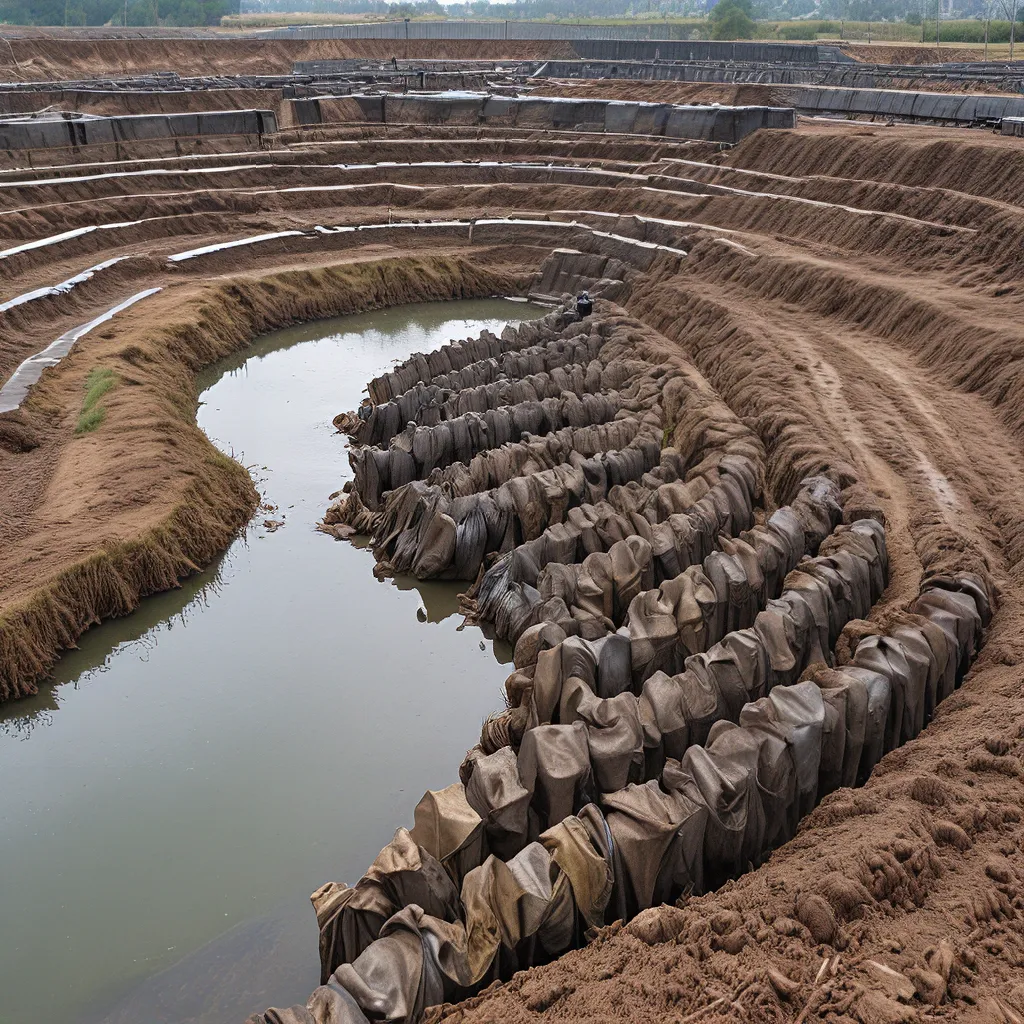
As someone who’s always been fascinated by the intricate web of our environmental challenges, I’ve been keenly observing the rise of the circular bioeconomy – a promising approach that’s got sustainability enthusiasts buzzing. And let me tell you, it’s not just about recycling and composting – it’s a whole new way of thinking about how we produce, consume, and dispose of our goods.
Now, I know what you’re thinking – “Circular bioeconomy? That sounds like a mouthful.” But trust me, once you dive into it, you’ll be hooked. It’s all about harnessing the power of renewable biological resources to create a more sustainable future. We’re talking about transforming agricultural waste, organic materials, and even wastewater into valuable products that can be reused, recycled, and ultimately returned to the environment in a non-harmful way.
But what really got me excited about this concept was how it ties into the broader principles of the circular economy. See, the circular economy is all about designing out waste and pollution, keeping products and materials in use, and regenerating natural systems. And the circular bioeconomy takes that a step further by focusing on those renewable, biological resources as the foundation for this sustainable approach.
Now, I know what you’re thinking – “But wait, doesn’t the circular economy already address sustainability?” Well, yes and no. While the circular economy does aim to minimize waste and keep materials in use, it’s often still reliant on fossil-based resources, which can have their own set of environmental issues. That’s where the circular bioeconomy comes in, leveraging those renewable, bio-based materials to create a truly sustainable closed-loop system.
One of the key benefits of the circular bioeconomy is its focus on waste valorization – transforming what we often consider waste into valuable products. Take, for example, the HICCUPS project, which is capturing CO2 emissions from wastewater treatment plants and converting them into high-performance bio-based plastics. Talk about a win-win!
And it’s not just about plastics – the circular bioeconomy encompasses a wide range of applications, from biofuels and biomaterials to biobased chemicals and even biodegradable textiles. The possibilities are truly endless, and that’s what makes this approach so exciting.
But here’s the thing – making the transition to a circular bioeconomy isn’t as simple as just swapping out a few materials. It requires a holistic, systems-thinking approach that considers the entire lifecycle of a product, from production to consumption to end-of-life management. And that’s where the real challenge lies – coordinating all the different stakeholders, from industry to government to consumers, to make this vision a reality.
That’s why I’m so impressed by initiatives like the BIOBRIDGES project, which is working to enhance the marketability of bio-based products by fostering collaboration across the entire value chain. By bringing together industry, brands, and consumers, they’re helping to create that level playing field and drive the adoption of these sustainable alternatives.
And let’s not forget the crucial role that wastewater treatment plays in all of this. After all, wastewater is a rich source of biological resources that can be transformed into energy, nutrients, and even valuable materials through the circular bioeconomy. Just take a look at the HOOP project, which is leveraging fermentation technology to convert used cooking oils into biodegradable bioplastics.
Of course, there are still some challenges to overcome, like scaling up these technologies, addressing contamination issues in recycling streams, and overcoming the often higher upfront costs of sustainable production. But I’m confident that with the right policies, incentives, and collaborative efforts, we can overcome these hurdles and make the circular bioeconomy a reality.
And that’s where companies like Alpha Wastewater come in – they’re at the forefront of this movement, helping to transform wastewater into a valuable resource and driving the adoption of sustainable practices in the industry. By embracing the principles of the circular bioeconomy, they’re not only reducing environmental impact but also creating new economic opportunities and contributing to a more resilient future.
So, as I sit here and reflect on the incredible potential of the circular bioeconomy, I can’t help but feel a sense of excitement and optimism. It’s a bold and ambitious vision, to be sure, but one that I believe is absolutely essential if we’re going to tackle the environmental challenges of our time. And with innovative companies, collaborative initiatives, and a growing awareness among consumers, I’m confident that we can make this dream a reality – one sustainable solution at a time.